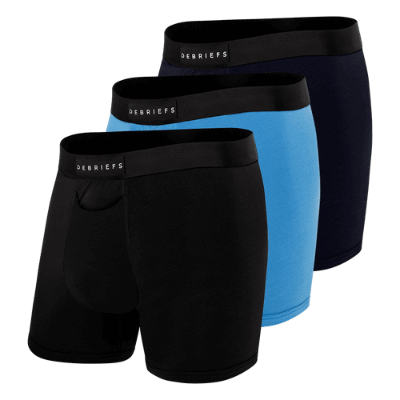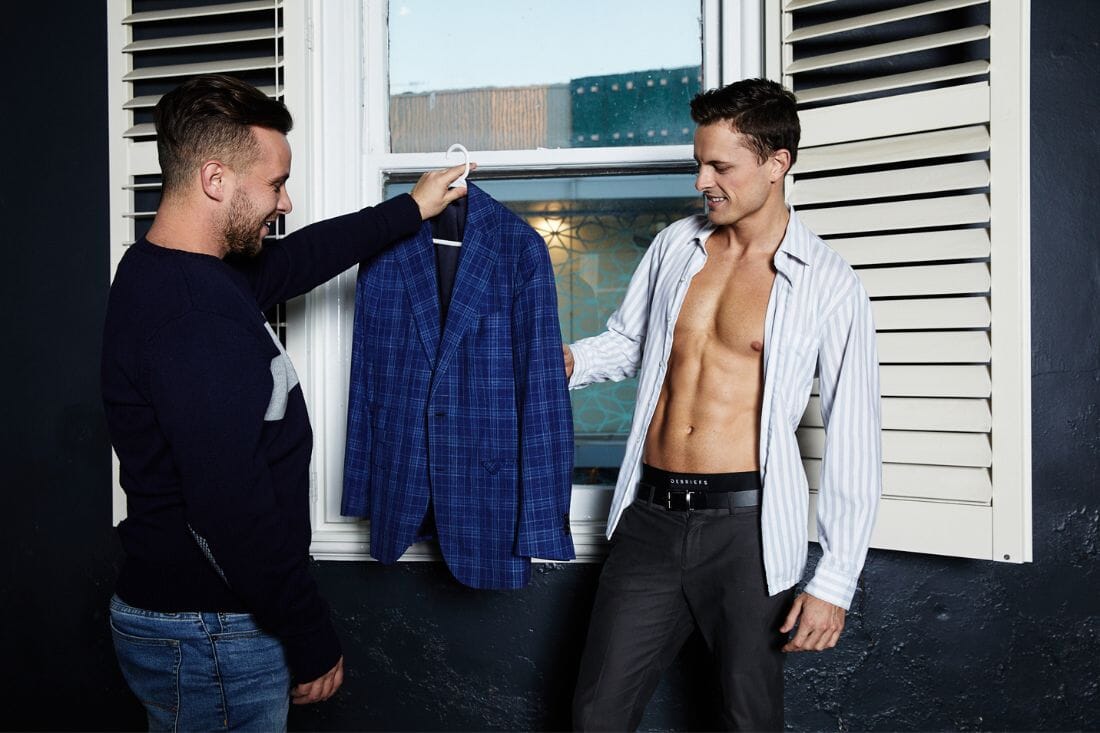Like most things in life, underwear is a reflection of its time. Men have worn it for thousands of years, and it has changed dramatically over that period. Briefs have gone from being an afterthought to the main event, but they haven't always had such a prominent place in men's wardrobes.
In this article, we'll walk you through the history of briefs and how technology is transforming them into more than just simple underpants.
History of Briefs
In ancient Egypt, underpants were worn by the upper class in the form of loincloths. Loincloths were made from linen or cotton and worn around the waistline. These garments covered their private parts and hung down between their legs in a single strip of fabric.
During the 16th century, Europeans began to wear underpants. They were made from linen and cut into two pieces: a front portion and a back piece. They were worn beneath long shirts covering their legs, arms and upper body.
It was also during the 16th century that the codpiece became a fashion statement. The codpiece was a fabric pouch hanging from the front of men's underwear. It covered their private parts and was sometimes padded or stuffed to make them look bigger.
What Are Drawers?
During the 19th century, drawers were worn by men and women. They were loose pants that went down to the ankles. They were made of wool, silk or flannel and sometimes had buttons down the front.
Men wore the first drawers. They were made of linen and tied around the waist with a belt. Men wore them as underwear and under their long pants. Women also began wearing drawers during this period, but they were different from men's because they had buttons down the front instead of being tied together at the waist.
Women mostly used underpants. This is why when women started doing physical work during World War I, loose trousers were gradually replaced by knickers which were more comfortable for women to wear. In the 1920s, the corset was replaced with elastic girdles.
In the 1930s, latex and rubber yarn started to pave the way for the development of latex underwear. In the 1940s, nylon was invented and started being used in underwear. Around 1945, a shorter version of underpants was introduced.
The century after the 1960s, underpants became shorter and briefer. They were virtually seamless, and the 'Y' pattern for men's underpants was taken out.
The Briefs Today
The advances in technology have also made briefs more comfortable. The use of elastic materials, for example, allows them to stretch and fit better than ever before. This is especially important for men who are looking for comfort as well as support.
Briefs have also changed in size and shape. They now have a more snug fit, with a contour pouch that helps to give support and lift. The material used to make briefs is also different. They are usually made from cotton or microfiber fabrics, making them more comfortable than other types of clothing.
Materials like Micromodal are among the most popular materials used in briefs today. It is a modal fabric made from beech wood, giving it a soft touch and feel, with excellent moisture wicking and breathing qualities.
Conclusion
The more advanced technology becomes, the more we rely on it. The brief has come a long way since its inception in ancient Egypt, but it's still just as important today as it was then.
Experience comfort and support with Debriefs. Our micromodal underwear will not only make you look great but feel great too. If you're looking for the best underwear on the market, look no further than Debriefs.







